State-Level Actions To Decarbonize Aviation
Legal Planet
MARCH 13, 2025
Opponents will undoubtedly argue that such state-based initiatives conflict with federal law.
This site uses cookies to improve your experience. To help us insure we adhere to various privacy regulations, please select your country/region of residence. If you do not select a country, we will assume you are from the United States. Select your Cookie Settings or view our Privacy Policy and Terms of Use.
Cookies and similar technologies are used on this website for proper function of the website, for tracking performance analytics and for marketing purposes. We and some of our third-party providers may use cookie data for various purposes. Please review the cookie settings below and choose your preference.
Used for the proper function of the website
Used for monitoring website traffic and interactions
Cookies and similar technologies are used on this website for proper function of the website, for tracking performance analytics and for marketing purposes. We and some of our third-party providers may use cookie data for various purposes. Please review the cookie settings below and choose your preference.
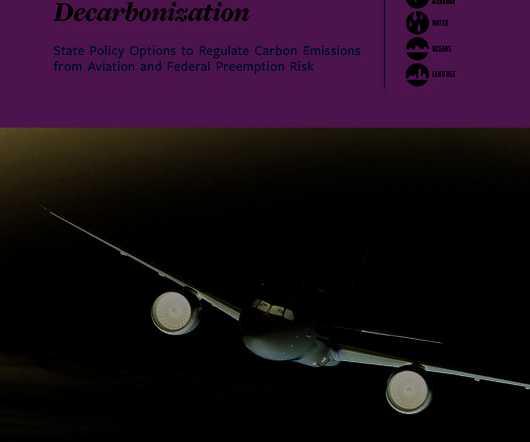
Legal Planet
MARCH 13, 2025
Opponents will undoubtedly argue that such state-based initiatives conflict with federal law.
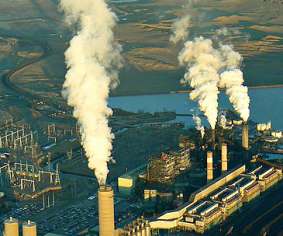
Legal Planet
DECEMBER 9, 2021
The Clean Power Plan was based on section 111(d) of the Clean Air Act. There’s been a lot of discussion among academics and advocates about instead using section 115 of the Clean Air Act as a basis for carbon regulations. EPA might well get substantial reductions in carbon emissions this way.
This site is protected by reCAPTCHA and the Google Privacy Policy and Terms of Service apply.
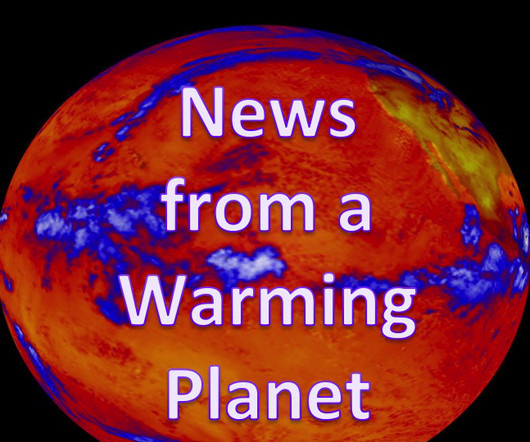
Legal Planet
APRIL 3, 2023
Social Cost of Carbon D. EPA regulation of greenhouse gas emissions under the Clean Air Act (CAA) A. Standards for carbon and methane emissions from new sources Permitting requirements for carbon emissions from new stationary sources of major sources of existing pollutants.
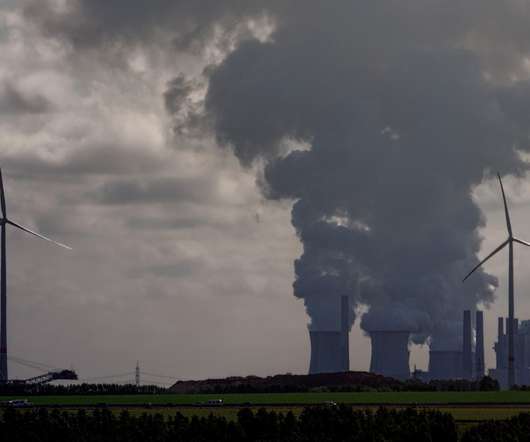
Union of Concerned Scientists
JULY 1, 2022
That’s because the case, which was about the nature and scope of EPA authority in regulating carbon emissions from existing power plants, turned on a rule that does not exist. EPA did not revoke EPA’s underlying authority to regulate greenhouse gas emissions under the Clean Air Act.
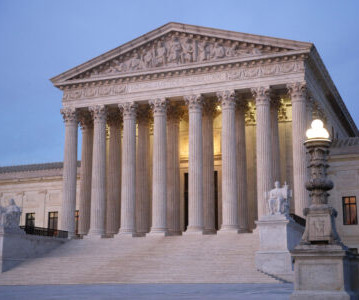
Legal Planet
JULY 2, 2024
” This actually pretty typical language in environmental statutes,, such as section 202 of the Clean Air Act, which EPA has used to limit carbon emissions from cars. The Court summarizes that section as saying: “Whenever, in the judgment of the [Environmental Protection Agency (EPA)] Administrator.
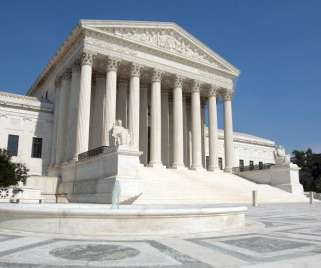
Legal Planet
AUGUST 26, 2021
The case involved the lynchpin of the Clean Air Act, EPA’s power to set national air quality standards. The Court then held that greenhouse gases are covered by the Clean Air Act as a type of air pollutant. This gave EPA the power to impose limits on carbon emissions by vehicles and industry.
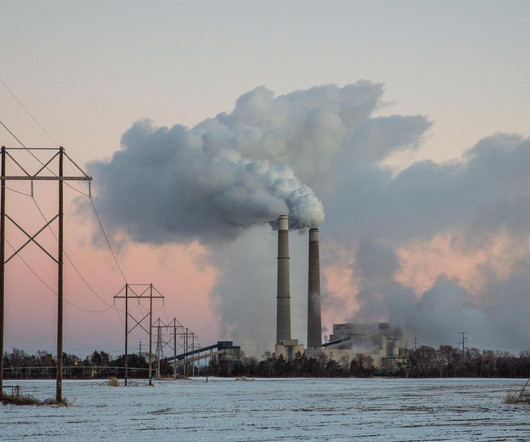
Union of Concerned Scientists
APRIL 20, 2023
Multiple lines of analysis make clear that regardless of how cheap wind and solar power get, without directly addressing pollution from coal and gas plants, the country’s clean energy transition will not happen fast enough. Section 111 of the Clean Air Act constrains how EPA sets standards—but gives states wide latitude in implementation.
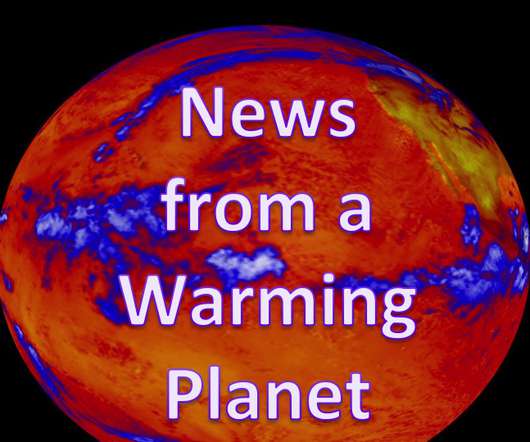
Legal Planet
SEPTEMBER 6, 2022
The possibility of snagging some of this funding may also help nudge some lagging states to think seriously about cutting carbon emissions. Under the Clean Air Act, California has the unique ability to set its own standards for tailpipe emissions from new vehicles, including greenhouse gases.

Union of Concerned Scientists
JULY 3, 2022
The majority 6–3 decision sharply curtails the EPA’s authority to set standards based on a broad range of flexible options to cut carbon emissions from the power sector—options such as replacing polluting fossil fuels with cheap and widely available wind and solar power coupled with battery storage. carbon emissions today.

Environment Next
FEBRUARY 1, 2022
In a case that could open the door to more citizen suits to enforce mobile source provisions of the Clean Air Act—a category of enforcement actions that has so far failed to gain much traction—the 10 th Circuit Court of Appeals recently issued an opinion broadly upholding a non-profit organization’s standing.
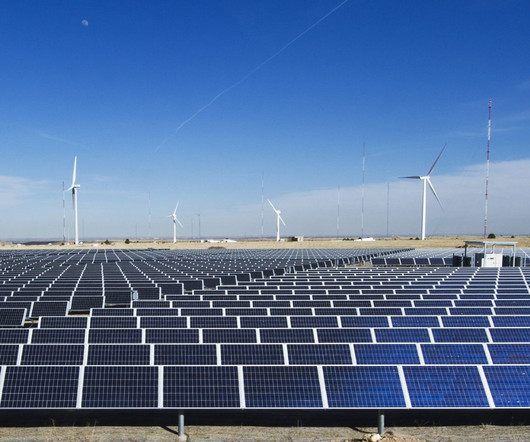
Union of Concerned Scientists
JANUARY 18, 2024
That’s because 45V awards credits based on the lifecycle greenhouse gas emissions rate of produced hydrogen, and the statutory text defines that term via explicit reference to a definition set in the Clean Air Act.

PA Environment Daily
JUNE 30, 2022
Environmental Protection Agency to limit greenhouse gas emissions from power plants under the Clean Air Act.

Environment, Law, and History
NOVEMBER 7, 2022
The upshot was to give states standing to sue EPA for failing to take action against carbon emissions. Also, this line of cases was repurposed early in this century in order to bring lawsuits against major carbon emitters in federal court.
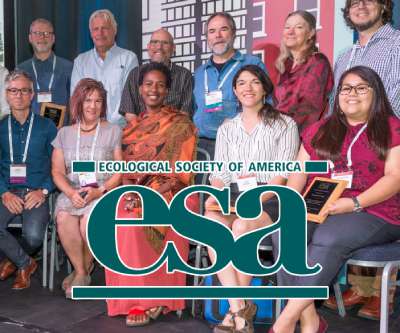
ESA
JULY 1, 2022
At stake was the ability to reduce carbon emissions as written in the ‘Clean Power Plan’ regulation under the auspices of the Clean Air Act that gives the Environmental Protection Agency (EPA) power to regulate “the best system of reducing emissions.”

PA Environment Daily
MAY 8, 2024
However, the availability of CCS is highly dependent on local topology, such as salt caverns available to sequester carbon and the availability of a pipeline infrastructure to transport carbon emissions from individual generating plants to CCS sites potentially hundreds of miles away.
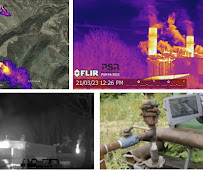
PA Environment Daily
OCTOBER 17, 2023
Environmental Protection Agency is in the middle of adopting rulemakings under the federal Clean Air Act that will require natural gas infrastructure operators to more carefully monitor methane emissions and develop plans to meet new emission limits. Applegate noted the U.S.

Acoel
AUGUST 14, 2023
Take for instance: the burning Cuyahoga River that led to the Clean Water Act; the disastrous air pollution incident in Donora, PA that led to the passage of the Clean Air Act; the discovery of Love Canal that lead to the passage of Superfund; and most tragically, the chemical gas release in Bhopal, India that lead to the passage of EPCRA.
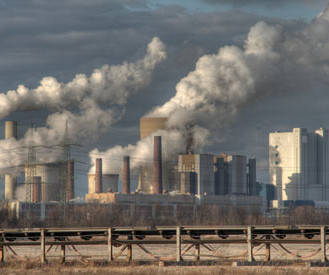
Legal Planet
APRIL 25, 2024
Opponents are sure to legally challenge EPA’s new rule to limit carbon emissions from coal-fired power plants. First, EPA’s preferred technology to limit carbon emissions — carbon capture and storage (CCS) — isn’t just pie in the sky. energy mix.

PA Environment Daily
MARCH 10, 2024
-- PA Resources Council Hosts Backyard Composting Workshop March 23 In Delaware County [PaEN] -- Group Against Smog & Pollution: PA Regulators Struggle To Implement Federal Clean Air Act Requirements For Regional Power Plants -- Scranton Times: Tunkhannock Area Schools Going All Out For Solar Energy Generation; Will Have Largest Solar Facility (..)

Law Columbia
JULY 6, 2017
Circuit also rejected EPA’s argument that the court did not have authority to review stays issued under Section 307(d)(7)(D) of the Clean Air Act. Fourth Circuit Said West Virginia District Court Lacked Jurisdiction to Consider Coal Companies’ Clean Air Act Jobs Study Lawsuit. DECISIONS AND SETTLEMENTS.

Cresforum
OCTOBER 6, 2020
KEEP ALL OPTIONS ON THE TABLE TO REDUCE EMISSIONS Government should not pick winners and losers, but instead support all possible technological options available to avoid, reduce, capture and sequester greenhouse gases. The all of the above approach to clean energy is the principal reason the U.S.

Cresforum
OCTOBER 6, 2020
The all of the above approach to clean energy is the principal reason the U.S. has been able to reduce carbon emissions more than any other country. Conservatives have overseen some of the most enduring legacies of American environmental policy.

Environmental Science
SEPTEMBER 7, 2018
Acidification : Reducing the pH rating of a substance making it more acidic in nature, for example, increased carbon emissions lead to the oceans absorbing more of it, increasing acidification and damaging ecology such as coral bleaching. 10 years later, the act was modified to include toxic pollutants and funded sewage.
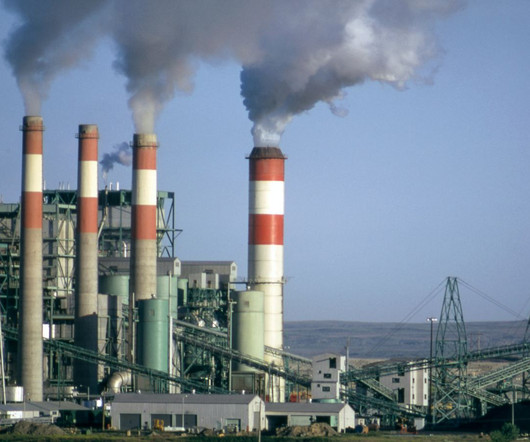
Union of Concerned Scientists
MAY 9, 2024
In the underlying statutory text , the threshold for “clean hydrogen” is clearly defined: 0.45 kg CO 2 e per kilogram of hydrogen produced, with carbon emissions assessed on a lifecycle basis as already defined in a long-standing section of the Clean Air Act.
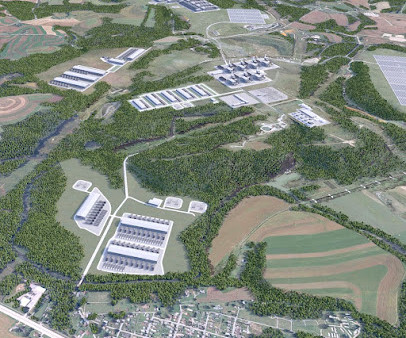
PA Environment Daily
APRIL 24, 2025
We've demonstrated this commitment through our Climate Pledge goal of reaching net-zero carbon emissions by 2040. Note: Vantage Data Centers has a goal of reaching net zero carbon emissions for scopes 1 and 2 by 2030.

Environmental Science
JULY 22, 2018
Cutting down tree canopies without replacing it passively increases climate change by the simple fact that trees and other vegetation are carbon sinks (15). Kennedy announced the formation of the Environmental Protection Agency and the Clean Air Act although neither would come into effect during his presidency.

Law Columbia
NOVEMBER 1, 2016
Environmental Protection Agency (EPA) had failed to fulfill its non-discretionary obligation under Section 321(a) of the Clean Air Act to conduct evaluations of loss or shifts in employment that might result from implementation of the Clean Air Act. Murray Energy Corp. McCarthy , No. 5:14 -cv-39 (N.D.
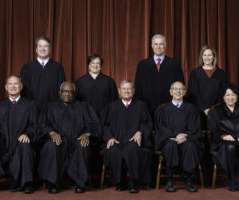
Law and Environment
JANUARY 27, 2022
Of course, the EEI did so to ensure that the Clean Air Act continues to act as a shield against private tort actions over carbon emissions, but still. After all, no less a group of environmental radicals than the Edison Electric Institute has filed a brief in support of EPA’s authority to regulate GHGs.

Law and Environment
AUGUST 17, 2023
The proposal requires companies to report information related to “Scope 1” direct carbon emissions (think fuel use and greenhouse gases), “Scope 2” indirect carbon emissions (e.g., purchased energy and electricity), and for some companies to report on information related to “Scope 3” carbon emissions (i.e.,
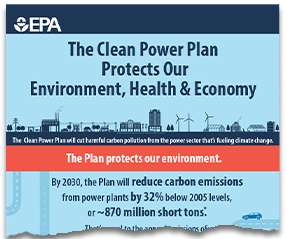
Legal Planet
DECEMBER 6, 2021
When fully implemented, the Clean Power Plan was intended to cut carbon emissions 30% below the 2005 level by 2030. Compliance was set to begin in 2022, ramping up toward 2030 emission reduction goals. Even without the Clean Power Plan, carbon emissions from power generators fell about 15% from the 2015 level.
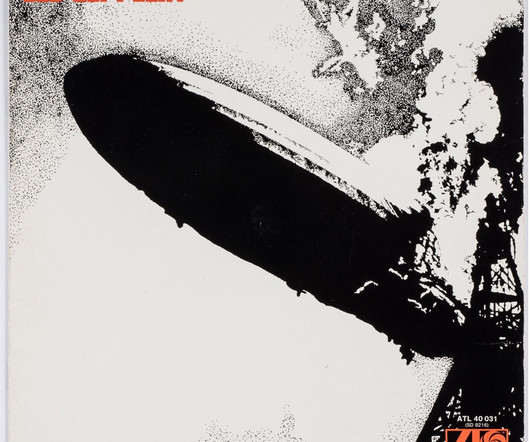
Legal Planet
MARCH 6, 2023
This is partly because hydrogen production is energy inefficient and––when derived from fossil fuels––still a significant source of carbon emissions. All this is not to say there is no place for hydrogen in a clean energy future. Inefficient end uses for hydrogen can further exacerbate this problem.

Union of Concerned Scientists
MARCH 12, 2024
In 1963, a typical car—which ran on leaded gasoline without pollution control devices— emitted 520 pounds of hydrocarbons, 1,700 pounds of carbon monoxide, and 90 pounds of nitrogen oxide every 10,000 miles traveled. More than 20,000 Americans died prematurely in 2015 from tailpipe emissions, according to a 2019 study.
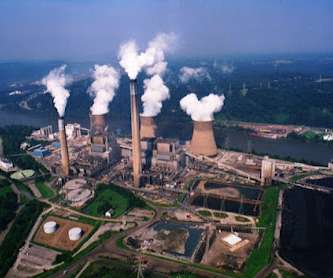
PA Environment Daily
JUNE 30, 2022
Environmental Protection Agency's ability to reduce carbon pollution from existing power plants under the federal Clean Air Act. EPA does have authority to regulate carbon dioxide as a pollutant under the federal Clean Air Act and the Court’s ruling did not address that existing authority.
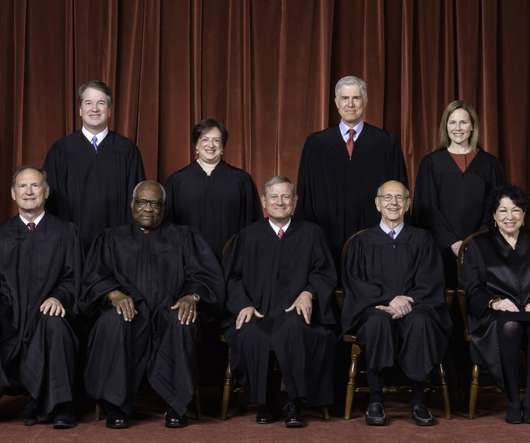
Acoel
JANUARY 31, 2022
Of course, the EEI did so to ensure that the Clean Air Act continues to act as a shield against private tort actions over carbon emissions, but still. After all, no less a group of environmental radicals than the Edison Electric Institute has filed a brief in support of EPA’s authority to regulate GHGs.
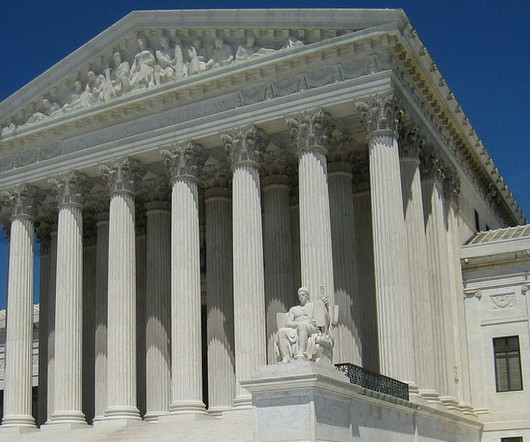
Legal Planet
MARCH 23, 2023
They then argue that the federal common law of nuisance no longer exists because carbon emissions are governed by the Clean Air Act. This is really a rock/paper/scissors argument: paper (federal common law) covers rock (state law), and scissors (Clean Air Act) cuts paper (federal common law).

Corp Watch
MARCH 8, 2024
Oil giant Total is being sued by cities and NGOs for not fighting climate change hard enough Francois de Beaupuy | Fortune | January 28, 2020 Oil giant Total SA is being sued by 14 local governments and a handful of non-governmental organizations in France for not doing enough to reduce its carbon emissions and fight global warming.

Corp Watch
JANUARY 17, 2024
Oil giant Total is being sued by cities and NGOs for not fighting climate change hard enough Francois de Beaupuy | Fortune | January 28, 2020 Oil giant Total SA is being sued by 14 local governments and a handful of non-governmental organizations in France for not doing enough to reduce its carbon emissions and fight global warming.

Corp Watch
JANUARY 2, 2024
Oil giant Total is being sued by cities and NGOs for not fighting climate change hard enough Francois de Beaupuy | Fortune | January 28, 2020 Oil giant Total SA is being sued by 14 local governments and a handful of non-governmental organizations in France for not doing enough to reduce its carbon emissions and fight global warming.

Corp Watch
DECEMBER 14, 2023
Oil giant Total is being sued by cities and NGOs for not fighting climate change hard enough Francois de Beaupuy | Fortune | January 28, 2020 Oil giant Total SA is being sued by 14 local governments and a handful of non-governmental organizations in France for not doing enough to reduce its carbon emissions and fight global warming.

Corp Watch
NOVEMBER 29, 2023
Oil giant Total is being sued by cities and NGOs for not fighting climate change hard enough Francois de Beaupuy | Fortune | January 28, 2020 Oil giant Total SA is being sued by 14 local governments and a handful of non-governmental organizations in France for not doing enough to reduce its carbon emissions and fight global warming.

Corp Watch
OCTOBER 19, 2023
Oil giant Total is being sued by cities and NGOs for not fighting climate change hard enough Francois de Beaupuy | Fortune | January 28, 2020 Oil giant Total SA is being sued by 14 local governments and a handful of non-governmental organizations in France for not doing enough to reduce its carbon emissions and fight global warming.

Corp Watch
OCTOBER 16, 2023
Oil giant Total is being sued by cities and NGOs for not fighting climate change hard enough Francois de Beaupuy | Fortune | January 28, 2020 Oil giant Total SA is being sued by 14 local governments and a handful of non-governmental organizations in France for not doing enough to reduce its carbon emissions and fight global warming.
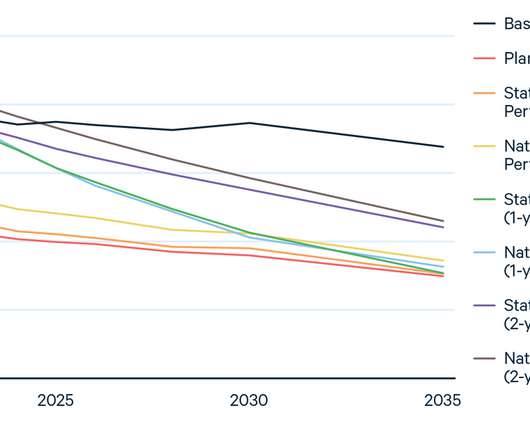
Legal Planet
JULY 1, 2022
What can EPA do to cut carbon emissions from coal-fired power plants after yesterday’s decision in West Virginia v. This leaves EPA with a powerful regulatory tool: a requirement that generators add natural gas or other lower-carbon fuels to their power mix. That’s about 450 million tons of carbon per year.

Union of Concerned Scientists
MARCH 12, 2024
Considering the rulings the court has already made and rulings it is expected to make this term, there is hardly any aspect of air, water or land that is not losing protection. The implications for human life are direct and deadly.
Expert insights. Personalized for you.
We have resent the email to
Are you sure you want to cancel your subscriptions?


Let's personalize your content